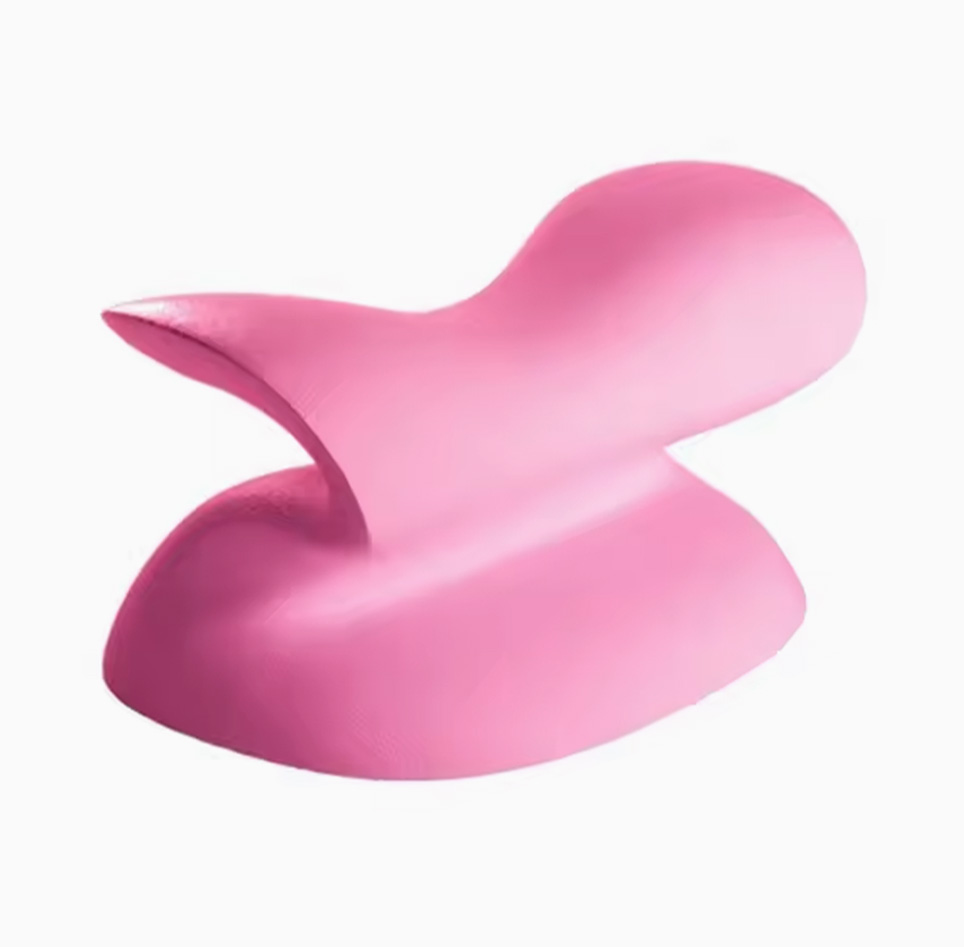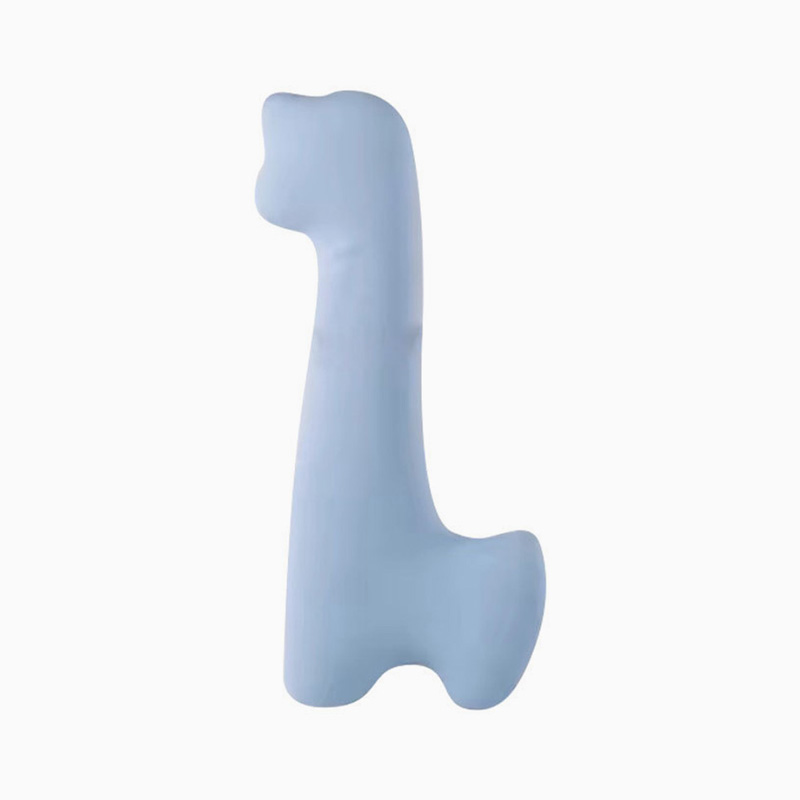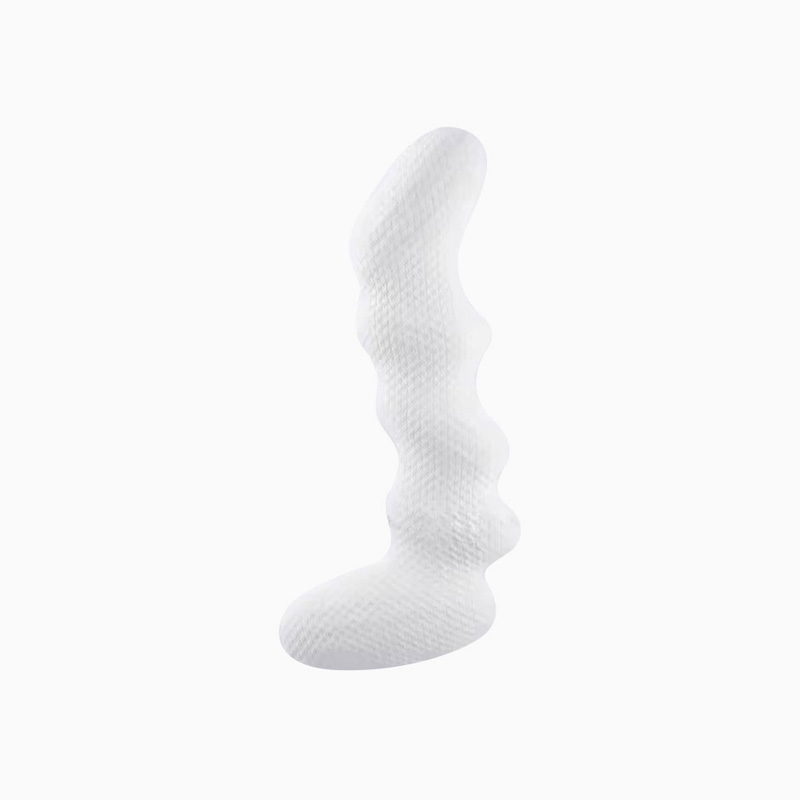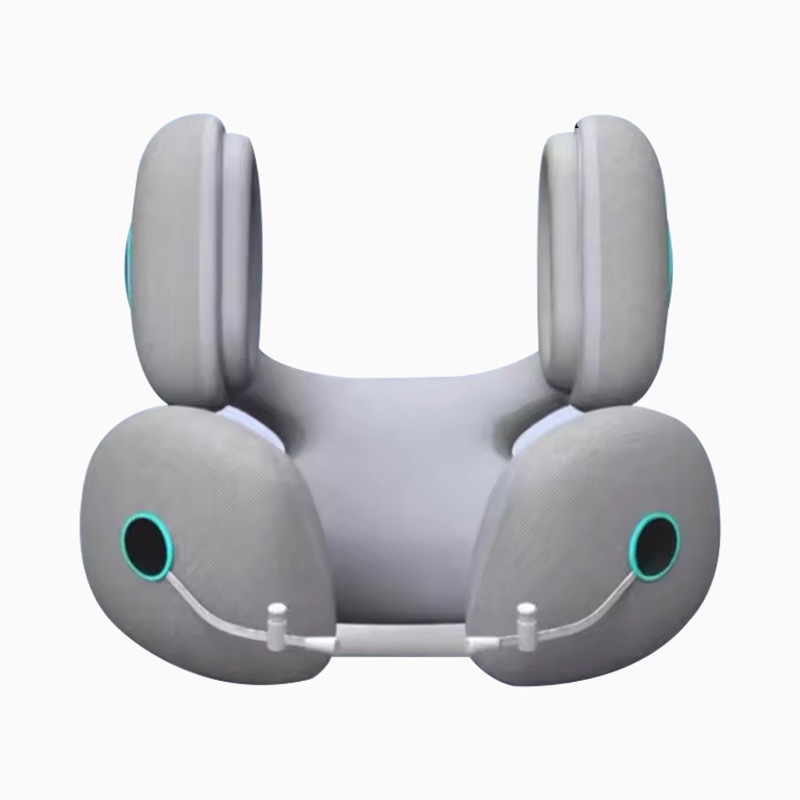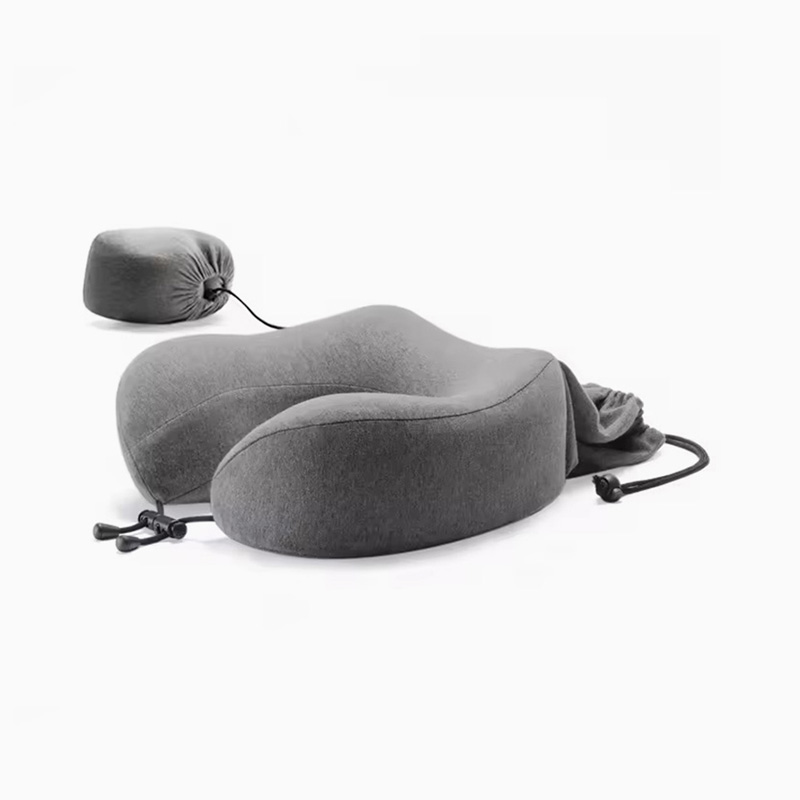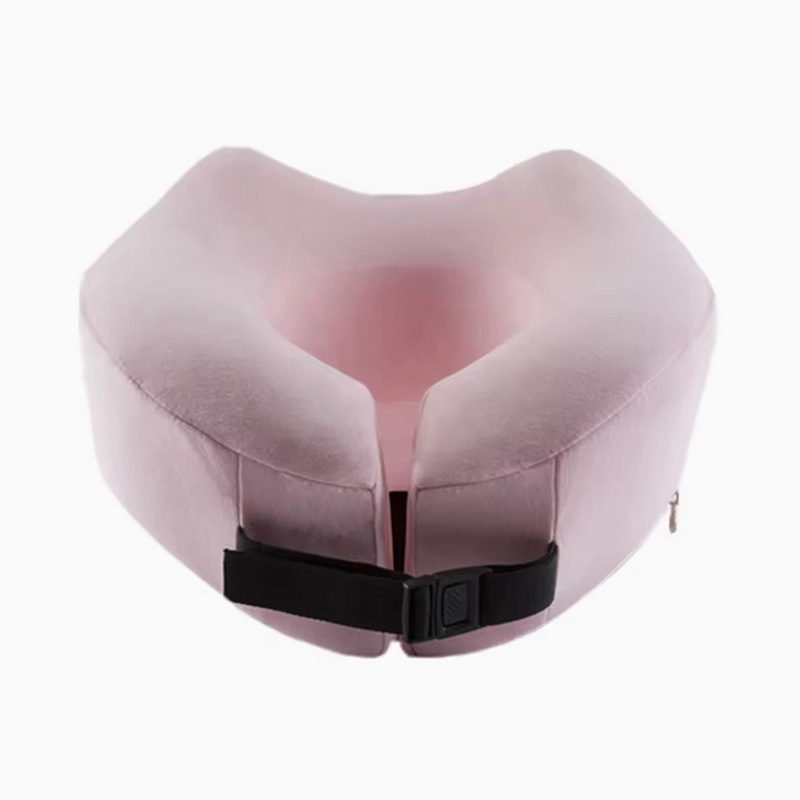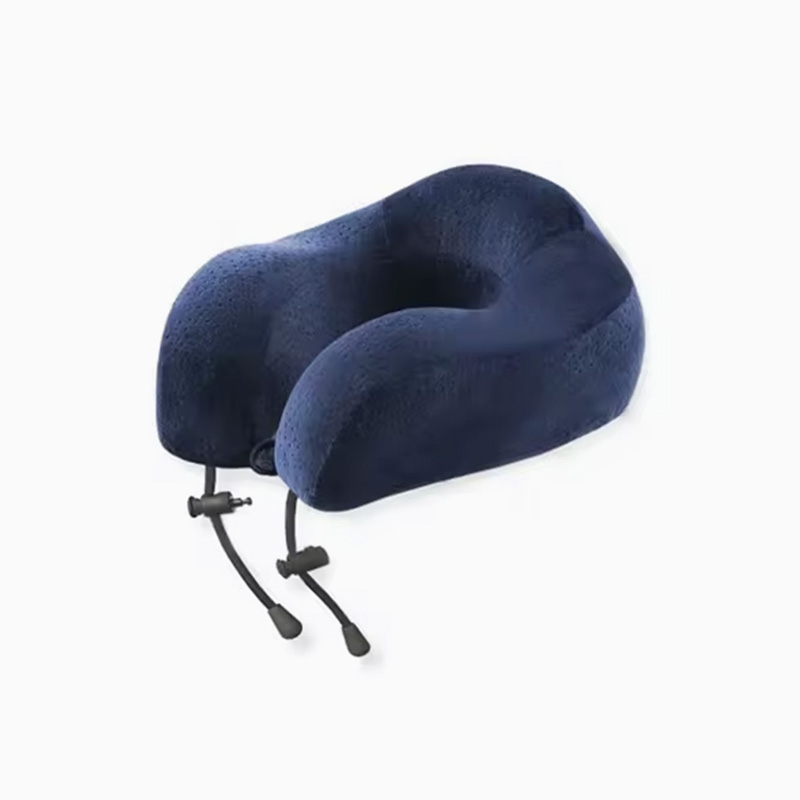How can memory foam body pillows be designed to optimize support for side-lying, supine, and individuals with specific medical needs
The design brief for a Memory Foam Body Pillow extends far beyond "soft comfort." It represents a sophisticated sleep support system. Through precise application of ergonomic modeling and material science, the body pillow can be specifically tailored to optimize support for side sleepers, back sleepers, and individuals with particular medical requirements. This specialized design approach is a critical measure of its functional value and market competitiveness.
Optimized Design for Side Sleepers: Maintaining Spinal and Joint Neutrality
Side sleeping is the most prevalent yet arguably the most challenging sleep posture, frequently leading to spinal misalignment and concentrated pressure points in the shoulder and hip. The memory foam body pillow’s optimization for side sleepers focuses intensely on maintaining Neutral Spinal Alignment and mitigating joint shear forces.
-
Knee Joint Space Management: During side sleep, the upper leg tends to drop forward, inducing pelvic rotation and applying pressure to the inner knee joint. The memory foam body pillow, utilizing its viscoelastic contouring ability, perfectly fills the gap between the knees. This filling not only isolates the knees from direct impact pressure but, more importantly, stabilizes the hips and pelvis in a truly central, neutral position.
-
Shoulder Decompression Strategy: Traditional mattresses and pillows often force the side sleeper's shoulder to bear a significant portion of the body weight. A high-quality memory foam body pillow placed along the front or side of the body provides a surface for the arm to embrace. This embrace offers a cushioning and supportive platform, reducing the downward pressure and internal rotation strain on the shoulder joint.
-
Continuous Multi-Zone Support: The engineered length of the body pillow ensures it extends seamlessly from below the neck to the ankles. This continuous, gap-free support eliminates voids (particularly along the waist and behind the knees) between the body’s contour and the pillow. This guarantees an even transfer of weight from head to toe, effectively preventing the lateral flexion or side-bending of the spine associated with side sleeping.
Optimized Design for Back Sleepers: Core Stabilization and Limb Floatation
While the body pillow is frequently associated with side sleeping, its optimization for back sleepers targets Core Stability and the relaxed support of the limbs.
-
Lumbar and Lower Back Support: In the supine position (back sleeping), a natural void often exists beneath the lumbar curve (lordosis). Positioning the memory foam body pillow beneath the knees leverages the foam’s supportive yet compliant structure to gently elevate the knees. This action aids in relaxing the hip flexors, thereby reducing excessive tension in the lumbar spine and allowing the lower back to settle more completely against the sleep surface. This provides indirect yet essential support to the lumbar region.
-
Shoulder and Arm Immobilization: Some back sleepers habitually keep their arms raised or widely abducted. Placing the body pillow parallel along both sides of the body allows the arms to rest gently on top. The memory foam's buoyancy and shape-holding capability help maintain shoulder joint stability, preventing nocturnal nerve compression or numbness caused by excessive stretching or improper arm positioning.
-
Anti-Roll Mechanism: For individuals requiring a fixed sleep posture (such as those managing snoring or needing positional stability), placing two body pillows on either side of the body effectively creates a "U-shaped" support trough. This gently limits the body’s excessive nocturnal rotation, ensuring the back-sleeping posture is maintained consistently throughout the night.
Targeted Functional Design for Specific Medical Needs
The application of memory foam body pillows in clinical and rehabilitative settings demands precision in shape and density control to address specific physiological requirements.
-
Maternity Support (Pregnancy): Pregnant individuals constitute a primary user group. Specifically designed C-shaped, U-shaped, or J-shaped body pillows utilize the high-density characteristics of memory foam to offer multi-point counter-leverage. The memory foam simultaneously supports the abdomen, back, and knees, counteracting the downward pull of the abdominal weight on the spine and minimizing pressure on the inferior vena cava. Its shape retention is vital to ensure continuous, non-collapsing support throughout the night, critical for mitigating common pregnancy-related back pain and edema.
-
Post-Operative or Trauma Recovery: Surgeons often recommend that post-operative patients (e.g., knee or hip replacements) maintain limb elevation or specific body alignment. The memory foam body pillow functions as a sophisticated temporary positional stabilizer. Its soft yet resilient support stabilizes the affected limb, while its pressure-dispersing characteristics ensure that blood flow around surgical sites is not compromised by pressure, thereby reducing the risk of pressure ulcers.
-
Chronic Pain Management (Fibromyalgia): Individuals suffering from widespread chronic pain, such as fibromyalgia, exhibit extreme sensitivity to localized pressure. The memory foam body pillow provides an ultimate, all-encompassing flotation sensation. It can be positioned to offer zero-pressure support beneath multiple sensitive areas (knees, elbows, sternum). This pervasive, gentle support significantly reduces tactile stimulation, helping patients achieve deeper, less fragmented sleep states.
The essence of the memory foam body pillow design lies in its dynamic adaptability. It leverages the advantages of advanced material science to transcend the limitations of conventional pillows, offering a professional-grade sleep solution that provides customized, precision support tailored to human anatomy, sleep posture, and health status.

 English
English عربى
عربى previous post
previous post



